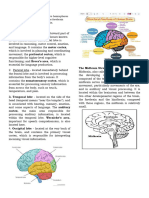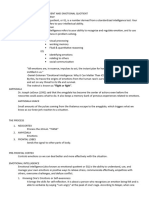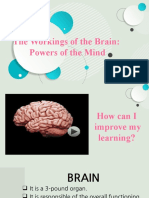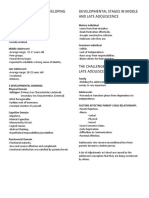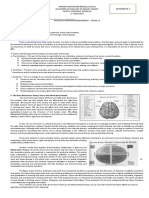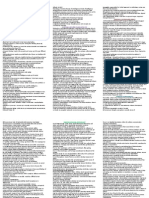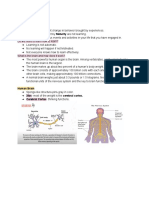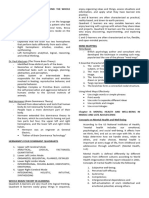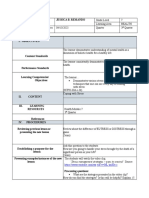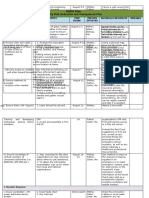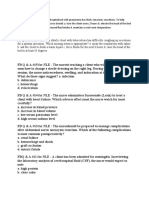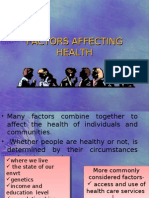0% found this document useful (0 votes)
20 views9 pagesPerdev
The document discusses the challenges of adolescence, including issues like eating disorders, substance abuse, and the importance of initiative rooted in kindness and empathy. It highlights the significance of effective communication, self-affirmation, and understanding brain functions in learning and coping with stress. Additionally, it outlines types of stress, their sources, and the long-term effects on adolescents' physical and mental health.
Uploaded by
vila.salar.upCopyright
© © All Rights Reserved
We take content rights seriously. If you suspect this is your content, claim it here.
Available Formats
Download as DOCX, PDF, TXT or read online on Scribd
0% found this document useful (0 votes)
20 views9 pagesPerdev
The document discusses the challenges of adolescence, including issues like eating disorders, substance abuse, and the importance of initiative rooted in kindness and empathy. It highlights the significance of effective communication, self-affirmation, and understanding brain functions in learning and coping with stress. Additionally, it outlines types of stress, their sources, and the long-term effects on adolescents' physical and mental health.
Uploaded by
vila.salar.upCopyright
© © All Rights Reserved
We take content rights seriously. If you suspect this is your content, claim it here.
Available Formats
Download as DOCX, PDF, TXT or read online on Scribd
/ 9


